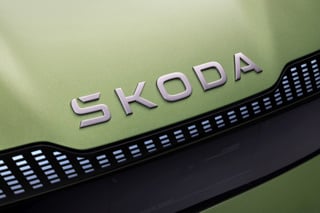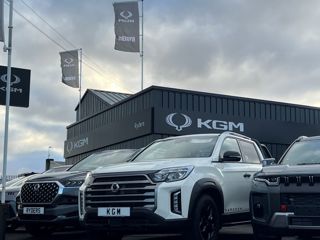By Jay Nagley
As the fleet share of the UK market has declined this year (down from 48.6% in the first quarter of 2012 to 46.7% in quarter one of 2013), it is worth looking at who is most dependant on fleet sales.
The first surprise is that the company with the largest fleet share is Volvo.
While manufacturers which concentrate on larger cars tend to have an above-average fleet share, it is surprising that Volvo is so much more fleet-oriented than its German rivals.
The company in second place, Chrysler, is more a cause for sympathy than concern.
With more than half of its (very small) sales going to fleets, Chrysler dealers are averaging fewer than two retail sales per month – not a business model to envy.
In third place, Peugeot will be hoping that the new 208 and 2008 will lead to an increase in the retail proportion, which is currently looking slightly weak.
In the case, of Vauxhall, in fourth place, the surprise may be that the company traditionally associated with fleet sales has a stable, and fairly reasonable, fleet share of its total sales.
However, the big surprise in the table is that Vauxhall’s arch-rival, Ford, has seen a sharp drop in its fleet proportion.
Ford would point to its policy of walking away from unrealistic daily rental business, but there is more to it than that.
Supply problems with the strike-hit plant in Genk have meant that the supply of the fleet-orientated models Mondeo, S-Max and Galaxy has been badly hit.
The other major brand with a slightly above average share is Nissan, up from 46.2% to 49.4%.
However, Nissan is now such a mainstream manufacturer that a figure of around 50% is to be expected.
Below Vauxhall come the four big German brands, bunched together as usual.
Just below them is Hyundai, whose appearance is a slight surprise.
Normally, value brands tend to be retail-oriented, and have a fleet proportion in the low 40s.
A share of more than 50% is quite high. It is not necessarily a problem, but it is a figure worth watching for any growing dependency on fleet.
Talking of value brands, the largest drop has come from Chevrolet, whose fleet share has declined from 65.3% to 36.6%.
The latter figure is a lot more desirable than the former but, at best, it shows a worrying lack of consistency in the company’s overall sales strategy.
Of the companies with a smaller than average proportion of fleet sales, the figure one would least expect is for Jaguar, which had dropped from 47.5% to 42.3%, at the very time when the company expanded the supposedly fleet-friendly 2.2-litre range.
The reason for this is the Government’s decision to drop the CO2 write down threshold from 160g/km of CO2 to 130g/km of CO2.
Another company with a counter-intuitive fall in fleet sales is Honda, which was suffering from only offering a 2.2-litre diesel in the Civic.
However, the new 1.6-litre diesel is most definitely fleet-friendly and brings the Civic right back into contention.
And finally to Lotus.
Too small to appear in the table, Lotus’s fleet share was slightly higher than Vauxhall at 54.8%.
Who would have thought the Elise would make such a suitable company car?


















John Bish - 11/06/2014 08:13
Who are the top 10 manufacturers for fleet? Anyone can show me a source, would be good